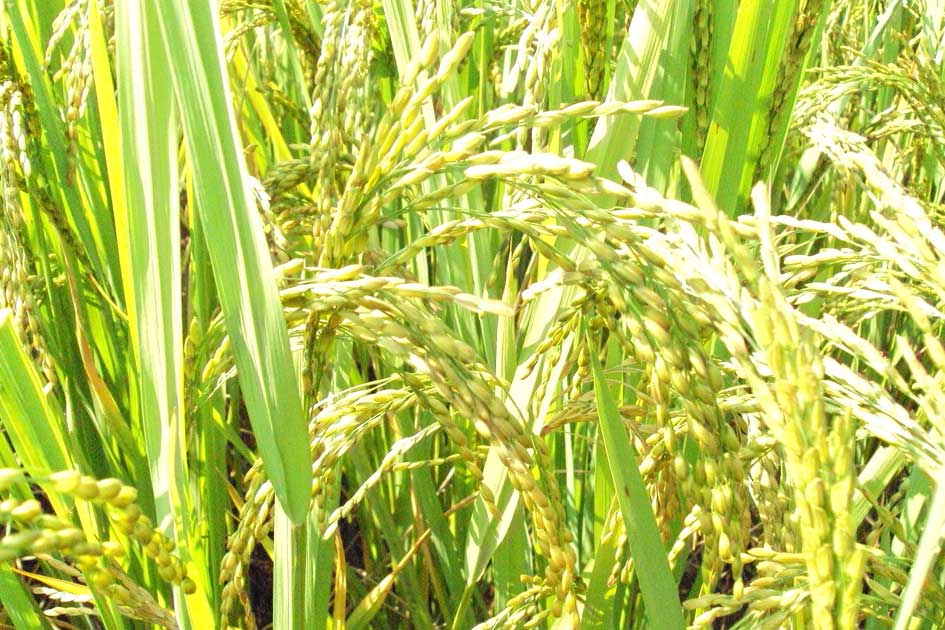Parboiling Methods in India involve partial cooking of rice paddy, and soaking, gelatinizing, and drying before milling. The main objective of parboiling is to impart hardness to the grain (without hampering the husk) so that the grain can withstand the milling operations. The paddy is parboiled in the hull to soften the kernel so that the surface starch, bran, and other components can blend. After this, the water from the rice is drained and the rice is dried with steam. The dried rice then undergoes machinery procedures to polish the kernels and remove the hull.
There are three different types of Paddy Parboiling methods in India, namely:
-
Single-staged parboiling system which is meant for small grain and boiled cream-colored rice
-
Two-staged parboiling system which is meant for small grain, boiled and steamed white-colored rice
-
Three-staged Parboiling System which is meant for long grain rice like Basmati, etc.
A quick synopsis of Paddy Parboiling Methods in India
The raw paddy is first cleaned and then transferred to the soaking tank paddy storage bin. The raw paddy (only if its grain is long or of medium size) is then steamed for two to four minutes which is followed by the moving of processed paddy to the soaking tanks.
When the rice is in paddy form, it is soaked in water at an ambient temperature of 20-30°C and takes 36 – 48 hours to reach the requisite moisture content of 30%. On the other hand, if the paddy is soaked at a temperature of 60-65°C (hot water soaking), it reaches the moisture level in a mere two to four hours. One advantage of hot water soaking is that it reduces the steaming time which completes the Parboiling Process, quickly.
The smell, color, taste, and solubility of the components of rice depends on the water temperature and the duration for which it is soaked in the water. The timing must also not be too long and the temperature also must not be too high otherwise the components would dissolve in water, the seeds would start germinating, and starch fermentation would occur.
 MAIL US :
MAIL US :
 CALL US :
>
CALL US :
>
